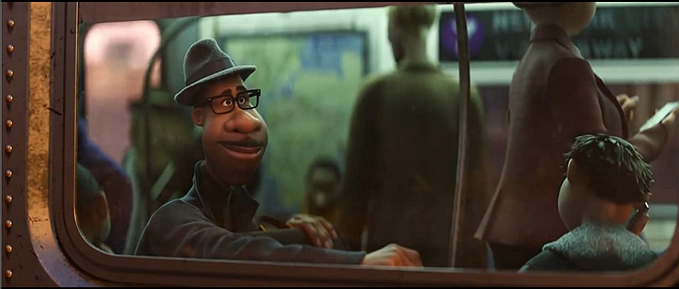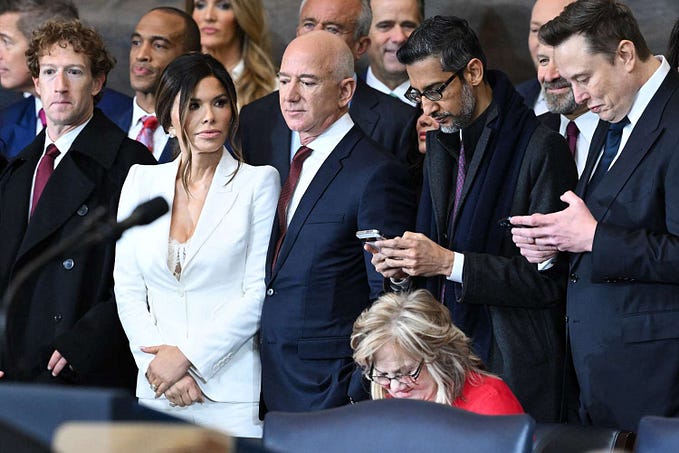CODA REVIEW: WHY IT DESERVES THE OSCAR FOR BEST PICTURE
⚠️Warning — mild spoilers ahead!

There’s just something about an underdog story that captures our attention and interest. And there is no greater feeling than when the underdog you are rooting for wins the most prestigious Hollywood award. Yes, we’re talking about CODA!
Heder’s film about a deaf family and their hearing daughter exceeded expectations.one would have of a teen/family drama. On the surface, the coming-of-age film possesses all the usual suspects: a small-town girl with big dreams, a charming love interest, a fairy godmother-like mentor and a family with expectations that will pose an obstacle to our protagonist. However, these tropes are merely the skeleton of the plot. It is in the flesh where this film succeeds as a heartfelt masterpiece.
CODA has a double meaning. It’s an acronym for Child of Deaf Adults and is also a musical term. The title aptly reflects the identity of the protagonist, Ruby, who has a talent for singing, unbeknownst to her family for they are deaf. When given the chance to audition for Berkley, Ruby must face an impossible dilemma: follow her dreams or be the dutiful daughter and help her family with their fishing business. Though the film’s premise is simple and straightforward, it’s filled with heart, emotion and depth. Qualities that touch and connect with its audience.
Truly, the heart of Heder’s film is the plot and the message it conveys. The film explores the themes of isolation and connection. Ruby often feels like an outsider in school. She is bullied and made an outsider because of her family’s disability. Even in her own family, Ruby feels left out. Her ability to hear evinces her to feel different and disconnected. Similarly, because of their disability, her family are disconnected from society. Thereby, they heavily rely on Ruby as an interpreter to communicate with the rest of society. By the end, the film conveys a message that a family’s unconditional love brings unity regardless of any circumstances. Perhaps the most heartfelt moment in the film is realised when Ruby needs her family just as much as they needed her, especially after watching her parents requiring Ruby’s help for most of the film.

Evidently, the overarching theme is family. The film displays an idyllic image of a family, where its members unconditionally support and love one another. In fact, the Rossi family is presented no different from the average family who face every day mundane problems despite their disability. Their lively dinner table conversations, and sibling rivalry are some traits most family can relate to. Hence, in a way, it inspires people to perceive those of the deaf community as no different from everyone else.
It’s near impossible not to empathise with the characters. Casting deaf actors such as the talented award-winning actors Troy Kotsur and Marlee Matlin as the parents as well as Daniel Durant as Ruby’s older brother brings authenticity to the film. It is to their credit that the film encourages empathy as it captures and immerses the audience into the experiences of the deaf. Kotsur’s portrayal of the charismatic Frank is reminiscent of a familiar father figure complete with moments of dad jokes and earnestness. His sterling performance is deserving of his OSCAR win. Matlin delivered a genuine performance as the doting mother whom like most mothers, are reluctant to see their child more than a baby. We feel for Durant’s Leo tribulation as he faces the frustrations of feeling emasculated as the older brother caused by his disability. Last but not the least, Emilia Jones’ performance as Ruby grips our hearts and melts them with her voice.
On the topic of authenticity and empathy, Heder’s film made it easy for us to step into the shoes of someone who can’t hear, particularly muted scenes. For instance, during Ruby’s duet performance, muting the sound and engulfing us in complete silence, we shift into Frank’s perspective, evoking sympathy. Suddenly, we realise the gravity of that moment when Frank is unable to appreciate or experience his child’s talent. Only through to watching other people be moved by his daughter does he recognise his daughter’s talent.
Though CODA does not feature ethereal cinematography or clever, artistic use of colours and camera angles like its fellow Oscar nominees. With far less nominations than its competitors, CODA felt like the underdog within its category. Yet, its heart-wrenching and feel-good story that captured millions of hearts around the world, made is a strong contender. In a way it’s a revolutionary film, especially with its effects among the hearing-impaired community and Deaf cinema. Kotsur is the second deaf actor to win an OSCAR (co-star Matlin won the Academy Award for Best Actress previously). The film raised a renewed awareness and representation of the hearing impaired. Heder’s CODA is undoubtedly worthy of all three of its Academy Awards (winning every category it was nominated for), most notably Best Picture. Upon watching CODA, expect to be surrounded by damp tissue papers. It’s one of those films that leave you smiling with tears in your eyes.
Visit our website www.tfphk.com for more articles like this!
Photo Source: CODA. Siân Heder. Pathé Films, 2021. Film.
Disclaimer: Any views and opinions expressed are personal and solely belong to the authors. They are not intended to malign any religion, ethnic group, club organisation, company, individual or anyone or anything.









